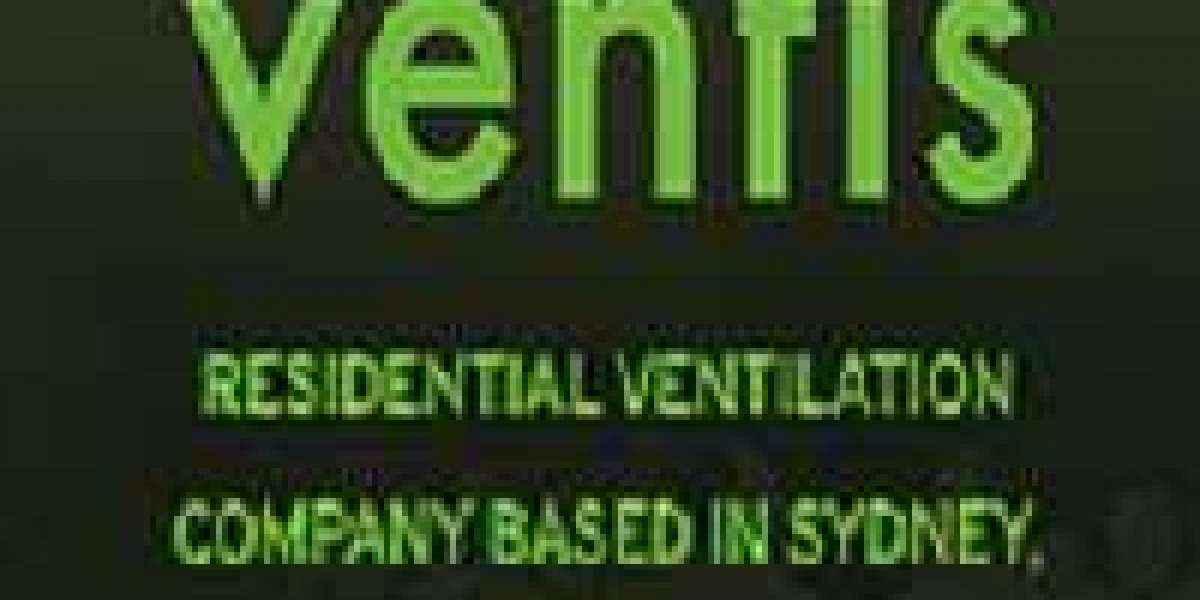Introduction:
In today's world, where the majority of people spend a significant portion of their time indoors, ensuring good indoor air quality (IAQ) has become paramount. Poor IAQ can lead to various health issues, ranging from allergies and respiratory problems to more severe conditions like asthma and even cardiovascular diseases. In response to these concerns, positive air ventilation systems have emerged as an effective solution for enhancing IAQ in residential, commercial, and industrial settings. This article explores the significance, functioning, and benefits of positive air ventilation systems in promoting a healthier indoor environment.
Understanding Positive Air Ventilation Systems:
Positive air ventilation systems work on the principle of supplying fresh outdoor air into the indoor space while simultaneously expelling stale or polluted air. Unlike traditional ventilation systems that rely solely on natural air movement or mechanical exhaust, positive air ventilation systems actively introduce outdoor air into the building, thereby diluting indoor pollutants and maintaining optimal IAQ levels. These systems utilize fans or blowers to create positive pressure within the building, ensuring a continuous flow of fresh air.
Functioning of Positive Air Ventilation Systems:
Positive air ventilation systems consist of several components working together to facilitate the exchange of indoor and outdoor air. The primary elements include:
- Intake Vents: These vents are strategically positioned to draw in fresh outdoor air. Intake vents are often equipped with filters to prevent the entry of contaminants such as dust, pollen, and airborne pollutants.
- Fans or Blowers: The heart of the ventilation system, fans or blowers are responsible for pushing outdoor air into the building. These devices are typically installed in a centralized location and are equipped with variable speed controls to adjust airflow according to the building's requirements.
- Distribution Ducts: Once the outdoor air is drawn in by the fans, it is distributed throughout the building via a network of ducts. These ducts deliver the fresh air to various rooms and areas, ensuring uniform ventilation.
- Exhaust Vents: Simultaneously, the system expels stale or polluted air from the building through exhaust vents. This exhaust process helps maintain a balanced airflow and prevents the buildup of indoor pollutants.
Benefits of Positive Air Ventilation Systems:
Positive air ventilation systems offer a multitude of benefits, both in terms of health and comfort, making them a popular choice for improving IAQ. Some of the key advantages include:
- Improved Indoor Air Quality: By continuously introducing fresh outdoor air and removing indoor pollutants, positive air ventilation systems significantly enhance IAQ. This reduction in airborne contaminants can alleviate allergy symptoms, reduce the risk of respiratory illnesses, and create a healthier living or working environment.
- Moisture Control: Proper ventilation is essential for controlling indoor humidity levels. Excessive moisture can lead to mold growth, which not only compromises IAQ but also poses health risks. Positive air ventilation systems help regulate humidity levels by expelling moist air and replacing it with drier outdoor air, thus mitigating the risk of mold and mildew
- Odor Elimination: Indoor odors from cooking, pets, or other sources can be persistent and unpleasant. Positive air ventilation systems help mitigate odors by constantly circulating fresh air throughout the building, effectively eliminating stale or malodorous air.
- Energy Efficiency: While positive air ventilation systems require energy to operate, they can contribute to overall energy efficiency in the building. By incorporating energy-efficient fans, optimizing airflow, and utilizing advanced control systems, these systems can help reduce heating and cooling loads, resulting in lower energy consumption and utility costs.
- Compliance with Building Codes: In many regions, building codes and regulations mandate the installation of ventilation systems to ensure occupant health and safety. Positive air ventilation systems not only meet these requirements but also exceed them by actively promoting superior IAQ standards.
- Enhanced Comfort: Beyond health benefits, proper ventilation enhances overall comfort levels within the building. Fresh air circulation helps maintain optimal temperature and humidity levels, creating a more pleasant and inviting indoor environment for occupants.
Applications of Positive Air Ventilation Systems:
Positive air ventilation systems find application in various settings, including residential, commercial, and industrial environments. Some common applications include:
- Residential Buildings: In homes and apartments, positive air ventilation systems are utilized to improve IAQ, especially in tightly sealed or energy-efficient residences where natural ventilation may be limited.
- Commercial Spaces: Offices, retail stores, restaurants, and other commercial establishments benefit from positive air ventilation systems to create a comfortable and healthy environment for employees and customers.
- Healthcare Facilities: Hospitals, clinics, and medical offices rely on advanced ventilation systems to maintain sterile environments, prevent the spread of airborne pathogens, and safeguard patient health.
- Industrial Settings: Manufacturing facilities, warehouses, and industrial plants employ positive air ventilation systems to remove airborne contaminants, control odors, and comply with regulatory standards for occupational health and safety.
Conclusion:
Positive air ventilation systems play a crucial role in safeguarding indoor air quality and promoting occupant health and comfort. By continuously introducing fresh outdoor air and expelling stale or polluted air, these systems mitigate the risk of respiratory illnesses, control indoor humidity levels, eliminate odors, and enhance overall IAQ standards. As awareness of the importance of indoor air quality continues to grow, the adoption of positive air ventilation systems is expected to increase, leading to healthier and more sustainable indoor environments across residential, commercial, and industrial sectors.







